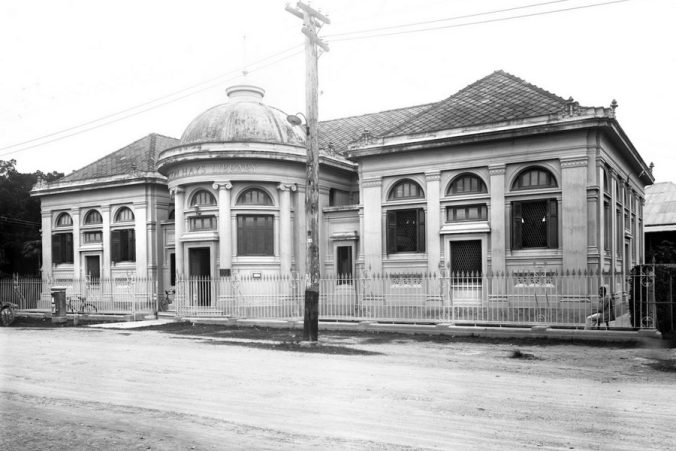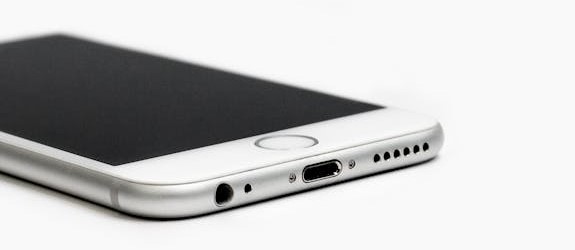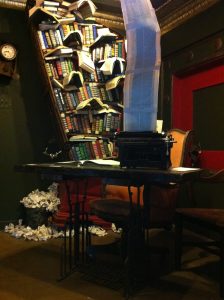Siam, now Thailand, in the 19th century and early 20th century was not an easy place for Westerners. The country was undergoing a kind of political makeover process to solidify its power and gain Western acceptance as a “civilized” nation. Many skilled workers, missionaries, and families entered this world of heat, humidity, health epidemics, political changes, and frequently delayed shipments to help make that happen. A group of resourceful missionary wives formed the Bangkok Ladies’ Library Association in 1869 to share the reading materials that they owned, which eventually expanded into a circulating library opened one day a week to being open six days a week in 1897, and needed a permanent building by 1914. One of their most active members was Jennie Nielson Hays. Mrs. Jennie Neilson Hays was a bookworm, member of the Bangkok Ladies’ Library Association for over 20 years, and an advocate for literacy. She was dedicated to creating community and improving literacy within the English-speaking foreigner community of late 19th and early 20th century Siam. She passed away in 1920.
In 1921, Dr. Thomas Heyward Hays commissioned Italian architect Mario Tamagno to build a library in memory of his bookish wife Jennie Neilson Hays. When the Nielson Hays Library opened in 1922 as a subscription-based library, you can say it was born out of love. English books were expensive then and are still expensive now in comparison to Thai-language books, so the fact that one of the largest collections of English-language collections open to the public in Bangkok, then and now, came from the efforts of a small group of people is amazing! Unfortunately, by 2016 the library was in desperate need of repairs. Nearly a century later, the community’s love for their library spearheaded efforts to solicit corporate donations and crowdfund enough money to pay for all the restoration work and technology upgrades. In restoring the historic building, they made discoveries about the original building, upgraded the HVAC system, and redesigned the landscaping that allows library visitors to stay in comfort and expand out into a more ADA-accessible and eco-friendly event space. It continues to serve as a well-loved library and revitalized cultural center offering art programs, story times, book sales, workshops, musical performances, and even its own literature festival!
The impact that the Nielson Hays Library had on the English-language reading community in Bangkok, Thailand since its grand opening in 1922 matches the points listed in Seismonaut and Roskilde Central Library’s report “The impact of public libraries in Denmark: A haven in our community”. That report sought to look beyond the common metrics of how much users engaged with a library to define how that engagement impacted the lives of its users. The Nielson Hays Library like Danish public libraries:
- provide a haven by giving users a space to take a break and make time for themselves and each other,
- give perspective on life by stimulating reflection, knowledge acquisition, and critical thinking,
- inspire the imagination by stimulating creativity and encouraging curiosity, and
- form and maintain community through events and group experiences (6-7).
These four areas fall into the following dimensions of the Impact Compass as taken from the Cultural Value Project, a British research project to investigate how culture translates into impact and value,
- Providing a haven = emotional impact
- Giving perspective = intellectual impact
- Inspiring the imagination = creative impact
- Building community = social impact
The impact of the Nielson Hays Library has not lessened over time. It remains more than just an old neo-classical Italianate building. It is a narrative of the resilience of Westerners in Siam, the art of adapting European architecture to a tropical climate, and the use of books and literacy programs to provide a welcoming haven to English-language readers seeking knowledge, inspiration, and community. This library is an ode to love and the synergistic relationship between a community and its library in an unlikely place.
References
Coconuts Bangkok. (2017, June 2). Local crowdfunding campaign to save century-old Neilson Hays Library trends. https://coconuts.co/bangkok/news/local-crowdfunding-campaign-save-century-old-neilson-hays-library-trends/
Neilson Hays. (n.d.). NHL Restoration [Video]. YouTube. https://www.youtube.com/watch?v=ARjtUBovNFU
Neilson Hays Library [NHL]. (n.d.-a). History. https://neilsonhayslibrary.org/about/history/
NHL. (n.d.-b). Home. https://neilsonhayslibrary.org/
Seismonaut & Roskilde Central Library. (2021, February). The impact of public libraries in Denmark: A haven in our community. https://www.roskildebib.dk/sites/default/files/2024-10/roskildebib_folkebibliotekets_betydning_for_borgerne_i_danmark_eng_final_0.pdf
Seismonaut & Roskilde Central Library. (2021, March). A guide to the Impact Compass: The impact of public libraries in Denmark: A haven in our community. https://interaccio.diba.cat/sites/interaccio.diba.cat/files/en_brugsguide_06.05.21_0.pdf
Shma Company Limited. (n.d.). Project information Name of Project: Neilson Hays Library. https://shmadesigns.com/work/neilson-hays-library/
Svasti, P. (2019, February 28). A monument to love of reading: A nearly century-old library in the heart of Bangkok is a memory of devotion from an American doctor for his bookworm wife. Bangkok Post. https://www.bangkokpost.com/life/travel/1636494/a-monument-to-love-of-reading


